With ESG criteria becoming more important in the business world and increased external pressure from investors, regulators and consumers to do more in this area, corporate management needs to do a lot of soul-searching. Of course when we talk about ESG, we often think of the environment, but we can’t overlook the social and governance aspects. A central theme of these two aspects is diversity, which is often referred to as DEI for a more encompassing definition: diversity, equity and inclusion.
- Equity means treating everyone fairly and respectfully through equitable processes that create equal outcomes.
- Diversity is about representing society’s demographics, focusing on populations that require equity.
- Inclusion involves creating an environment where everyone feels welcome, is treated with respect, and is encouraged to participate fully.
DEI is a two-pronged approach. First, it means doing more to make sure everyone feels good at work. It’s also about eliminating cognitive biases that otherwise facilitate denigration, segregation, xenophobia, stereotyping and prejudice. It’s not enough to make your organization more representative and inclusive; you also need stakeholders to embrace DEI efforts with empathy and understanding.
This duality in the DEI journey can pose many challenges. Writing up plans and policies and hiring and promoting more diverse employees through affirmative action is just the beginning. The process is far-reaching and requires many tools and skills.

DEI: systemic challenges
We know it’s discouraging to work on fostering equity, diversity, and inclusion only to be told that our efforts are futile. That’s why we’re instead looking at ways your organization can improve its existing programs.
The core problem with implementing a DEI program is backlash from stakeholders. Employees may react in a number of different ways:
“Young people aren’t reliable—they’re going to go to the competition anyways.”
“Why should we consider someone’s identity—we just need the best person for the job! ”
“We’re at the point where the more of a minority you are, the more power you have. ”
This kind of backlash is common, and there are many reasons why. One is the social-desirability bias, which occurs when we want to present ourselves in a favourable light. As a result, some people may pretend to support the values of diversity, which fuels negative feelings about DEI. Others see affirmative action as a rejection of their skills and performance. These individuals fail to consider the systemic barriers that prevent minority employees from moving ahead in their careers.
Another source of backlash is the instrumentalization of diversity in hiring. When diversity is given as a reason for hiring, people are less likely to effectively evaluate the qualifications and skills of a candidate from a marginalized group—even if they’re from that group themselves. Also, when their diversity is presented in terms of the organization’s bottom line, their sense of belonging and interest in joining the organization decreases.
Management may also contribute to this backlash. Although many organizations have good programs, there can be issues when implementing them. It’s up to the organization’s leaders to make sure employees receive equitable development and mentorship so that they can access management positions. The incentive is clear: organizations that implement these development and mentoring programs have 34% higher employee retention than those that don’t. Of course, a major barrier to successfully implementing DEI in business is encouraging informal feedback, and hiring and promoting employees because cognitive biases aren’t being challenged.
On another note, mandatory DEI training has been linked to lower representation in leadership positions for racialized individuals and white women due to resistance from the current leaders. A 2019 survey found that 19% of men were less willing to hire women perceived as attractive, 21% were less willing to hire them for jobs that involved interacting with others, and 27% avoid face-to-face meetings with female colleagues.
DEI: a collective, ongoing process
In order to achieve the culture shift necessary for an equitable, diverse, and inclusive organization, the program must be continuously improved. Programs should be auditable and based on collective needs.
Continuity is critical to ensuring successful change. Knowing where your organization is at in its process helps you tailor your efforts. These stages can be divided into program maturity levels :
1. Aware |
2. Compliant |
3. Tactical |
4. Integrated |
5. Sustainable |
While every organization will move between steps differently, the most important thing to recognize is that integrating DEI is a transformation in its own right. This journey usually begins with questioning the organization’s efforts to be more inclusive. Compliance is about meeting government obligations, so organizations typically have no issues there. Where organizations may fall short is in the other stages, as they gradually transition DEI from individual initiatives to true operational integration.
There are several key themes that emerge when moving toward a sustainable DEI program: transparency, adaptability, cross-functionality and intersectionality.
By transparency, we mean addressing an issue mentioned earlier: negative reactions to affirmative action. Explaining to everyone the rationale and process behind a promotion or hire debunks the myth that affirmative action is done with the goal of penalizing certain groups. Also, for leadership development, organizational transparency can look like clarifying opportunities, defining qualifications, communicating opportunities to everyone, and creating a formal selection process.
Adaptability reiterates the idea that the DEI program must consider collective needs. As non-exhaustive examples, a company’s adaptability can take the form of mentoring programs for younger people so that employees can work together as pairs to deconstruct their cognitive biases. This mentoring can also be useful for neurodivergent employees: Mentors benefit from building their empathy for this group.
The cross-sector aspect also focuses on community. In concrete terms, a cross-sector DEI approach is not limited to an DEI committee, but rather integrates DEI leaders into each team. In this way, DEI values are more likely to be conveyed from context to context within your operations.
Finally, intersectionality is about including everyone, regardless of identity, in DEI efforts. This means not limiting the program to those who are already involved, and instead but opening it up in the future. It’s also about considering the whole population as a template for its DEI program. Everyone’s reality must be taken into account.

Digital transformation: a vehicle for inclusiveness
Studies have shown that organizations that recognize the importance of DEI and take steps to expand their programs will actually accelerate their digital transformation. Diversity helps employers expand their talent pool and meet the growing demand for digital skills needed to work with rapidly changing technology.
The transformational process is one that’s done across all departments by a multidisciplinary team. We do not adopt a sequential, siloed transformation. Instead, we apply a holistic approach that brings all expertise types together from the start, providing a value-added consulting service.


